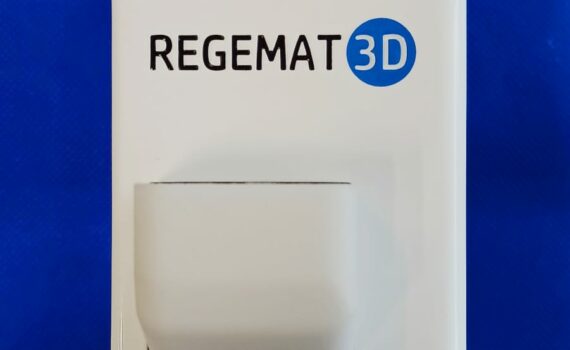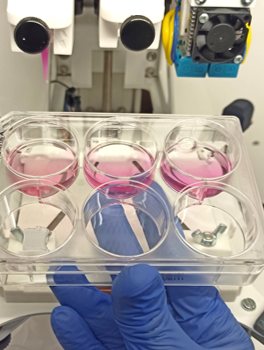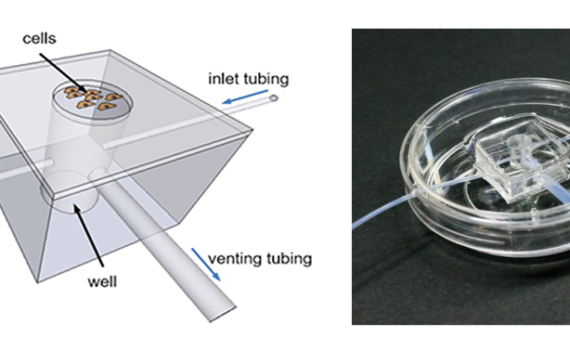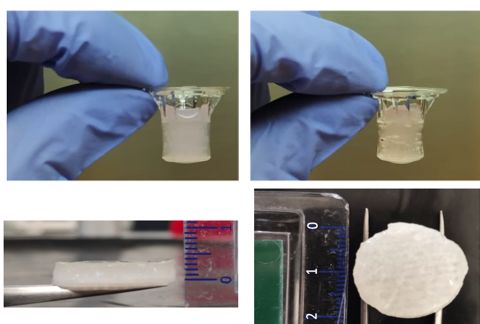+20 Introduction Material extrusion is an additive manufacturing technique that uses a continuous filament of thermoplastic or composite material to construct 3D parts. Filament-based material extrusion is the most common practice in the 3D printing community. However, it’s not necessary for extrusion to only work with filament. In fact, pellet […]
N/A
+70 Introduction Choosing appropriate biomaterials for fabricating a bioink is a fundamental step in3D bioprinting. While a wide variety of biomaterials can be used, hydrogels have been pointed as attractive materials for bioink preparation, since they can provide a highly hydrated and permeable 3D polymeric structure with tunable mechanical and […]
+30 Introduction Organ-on-a-chips are defined as physiological organ biomimetic systems built on microfluidic devices. By combining cell biology, engineering and biomaterial technology, the microenvironment of the chip is able to simulate tissue interfaces and mechanical stimulation of the native organ. They are in the list of top 10 emerging technologies […]
+70 Introduction The skin is an important protection of the body against the external environment. Its structure formed by the epidermis, dermis and hypodermis, constitutes a fundamental role for its function of physical barrier, thermoregulation, homeostasis and immunity. The importance of these functions is especially evident in the physiological disorders […]




